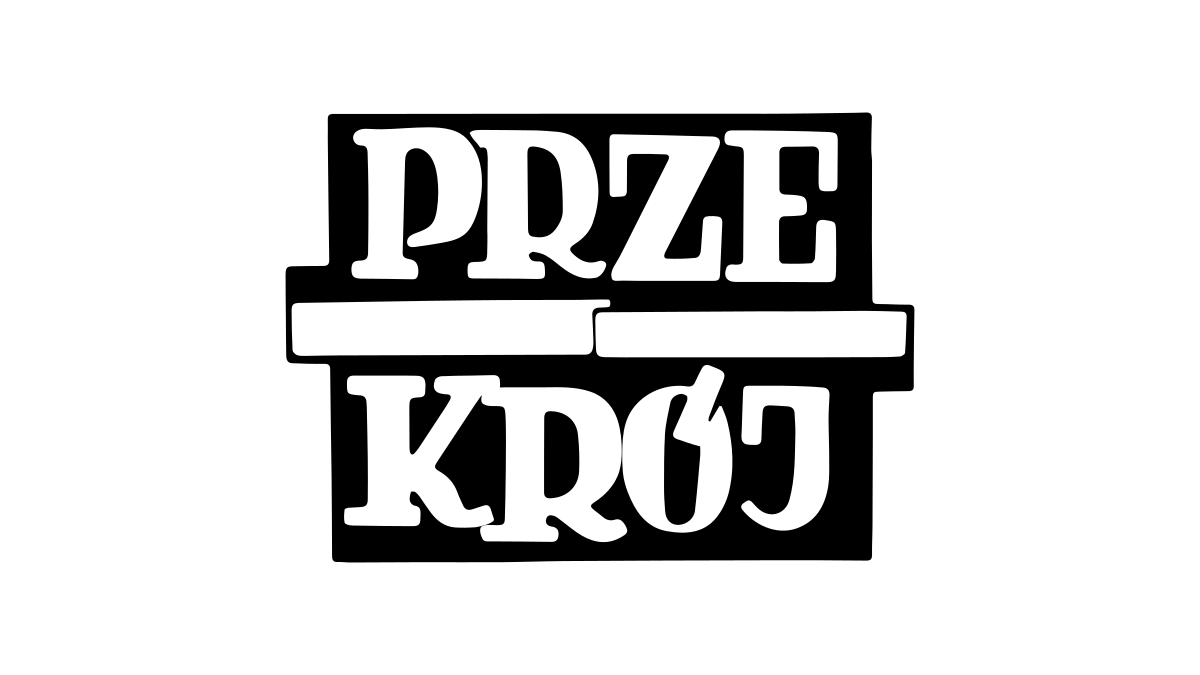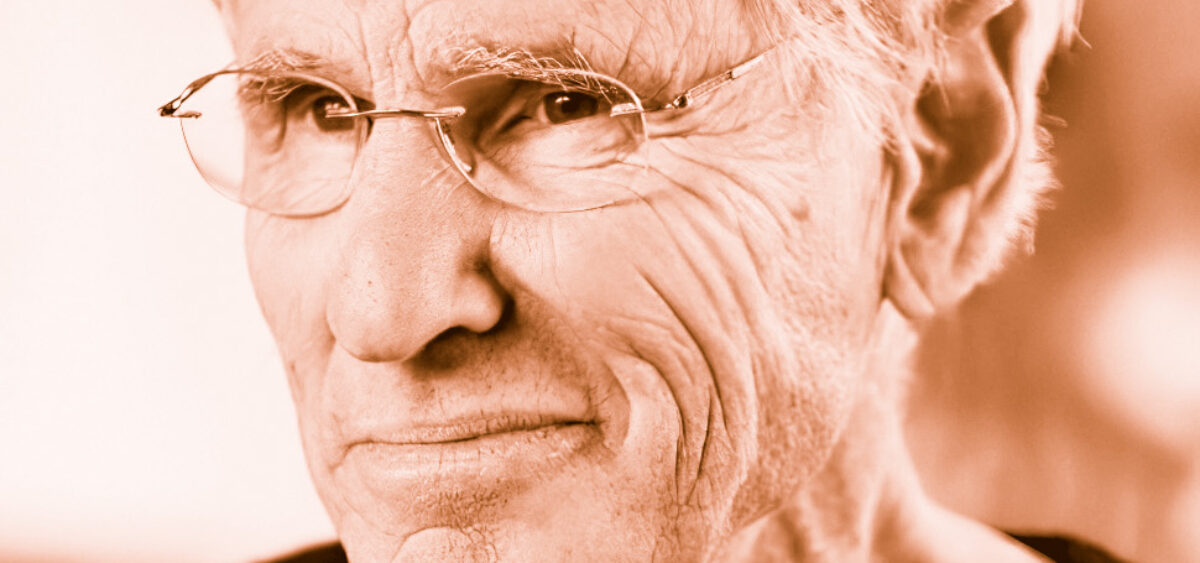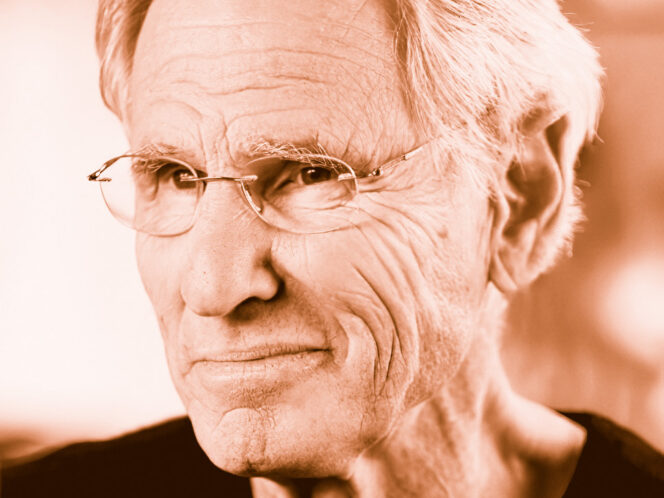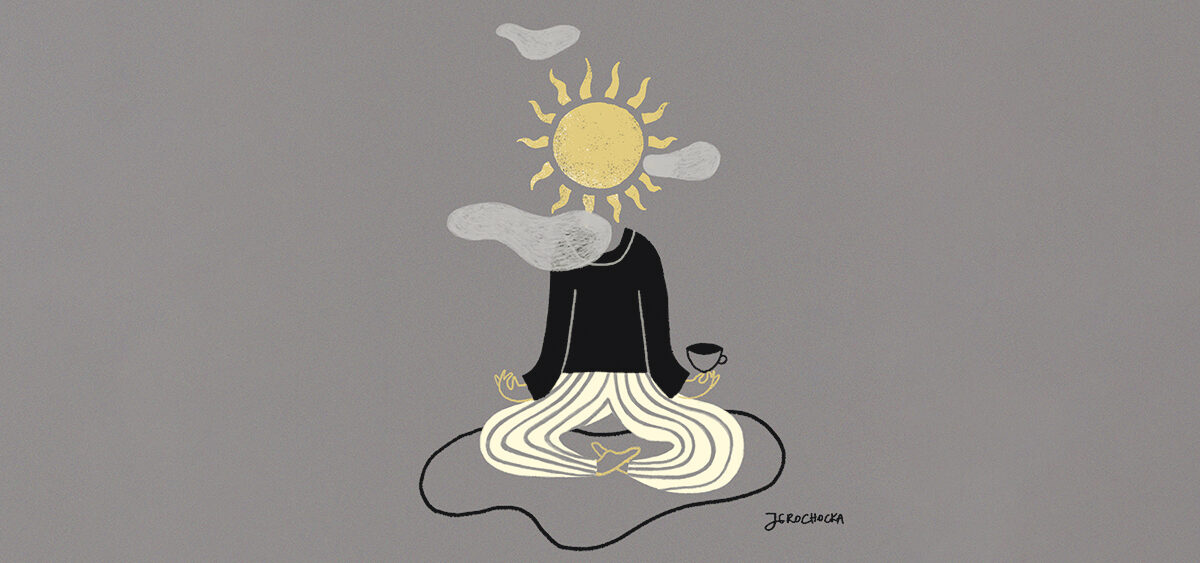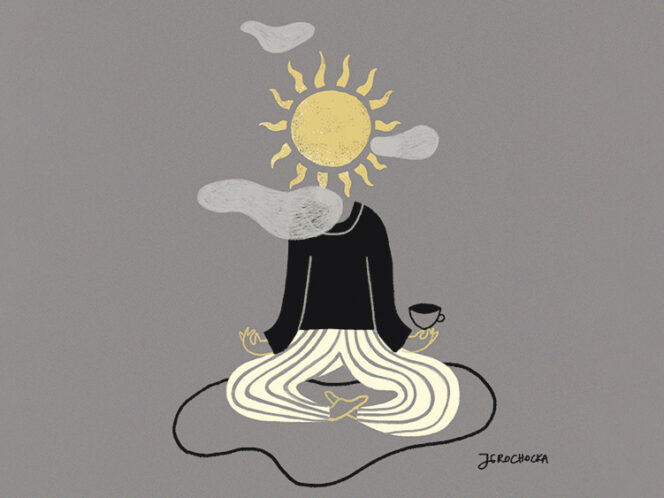
People suffered, but doctors were unable to help them. They sought new methods of alleviating pain, but in fact, such methods already existed. Everyone carries these methods inside themselves, says Jon Kabat-Zinn, a molecular biologist who officially introduced meditation techniques to Western medicine and psychology nearly half a century ago.
This story could start with a place. It was just a simple basement, since nothing better could be found in the entire hospital. The university clinic was located in Worcester, Mass., a working-class city that had been in decline for a long time. It was 1979: the factories were going bankrupt and residents were leaving. Impoverished and with no prospects, people who hadn’t managed to leave were suffering from stress. The recently opened hospital was supposed to attract new talent to the city (which it did in the 1990s) and provide better healthcare for those who stayed.
Jon Kabat-Zinn had already been working there for almost three years and had just managed to convince hospital authorities to let him implement a new, experimental program. It didn’t matter to him that his patients were to be treated in the basement. What mattered was that he could start the program! The nearly forty-year-old scientist had high hopes for his idea. He was confident it would prove to be a success.
His future patients didn’t have much to lose anyway. Symptoms such as chronic back pain, prolonged migraines, anxiety disorders, and insomnia already made their lives so miserable that they were unable to function normally. The newly opened Stress Reduction Clinic promised to offer some relief. While the methods of treatment were unusual, to put it mildly, and included listening carefully to signals coming from the body, observing one’s thoughts, and focusing on the breath, at least they didn’t include taking any new medication that wouldn’t improve the condition of patients. There was no harm in trying. The worst that could happen was that after eight weeks, it would turn out they had been right not to hope for too much.
Mindfulness That Heals
This story could also begin in an entirely different way: with a tennis ball, for example. Standing in front of thousands of listeners, Professor Jon Kabat-Zinn lifts the ball high and then lets it fall straight into his other hand. This is how he illustrates the way one of his favorite metaphors works: he explains that our attention should be directed straight into each activity. He has been teaching it for
